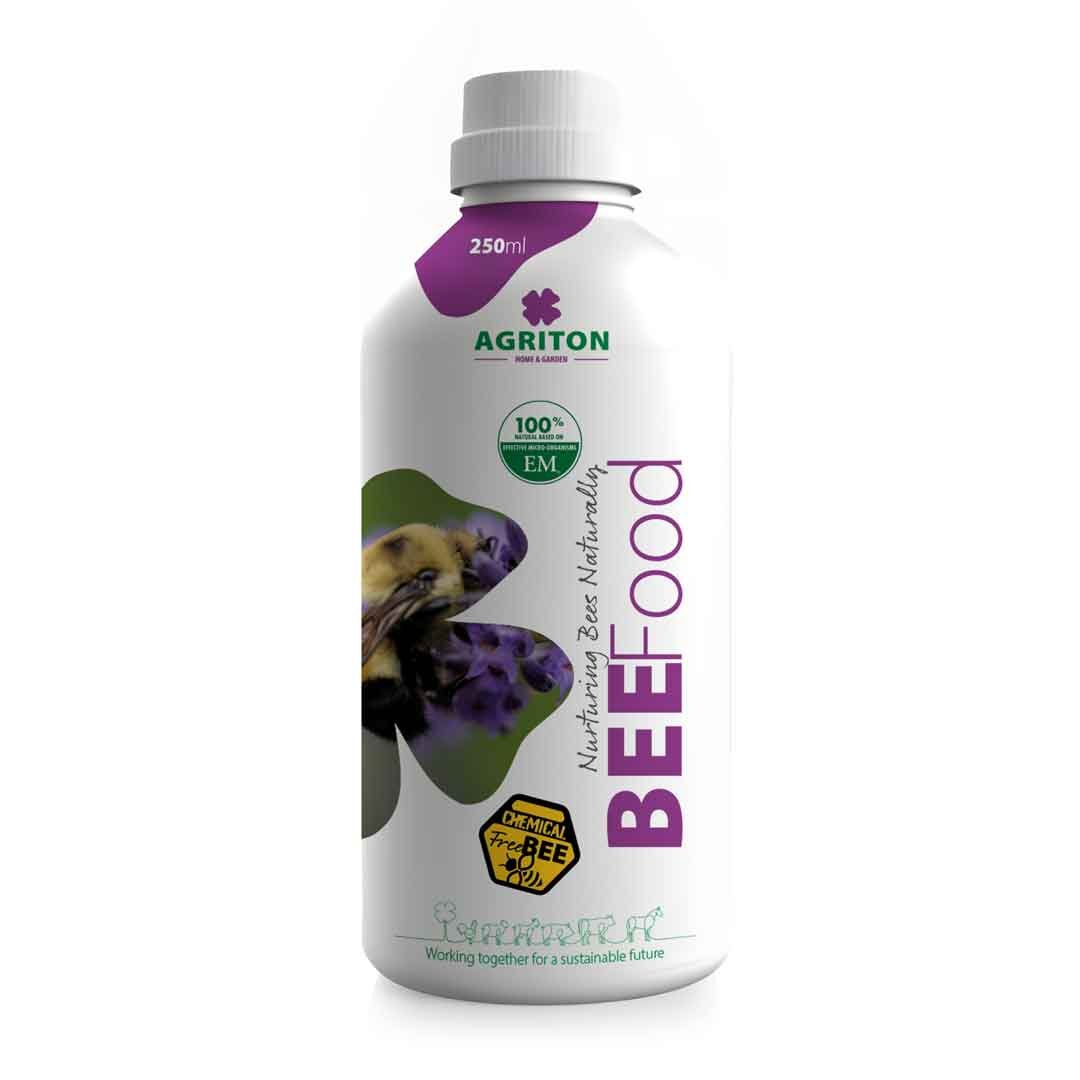May Bee Magic: Essential Beekeeping Tasks for a Thriving Hive
The sun warms the air (At some point), flowers burst into vibrant life, and a gentle hum fills the breeze – May has arrived, and with it comes a crucial period for beekeepers! Your busy bee colony is gearing up for a season of honey production, and it's your time to lend a helping hand.
At Agriton UK, we're dedicated to supporting beekeepers of all experience levels. So, this May, let's dive into the essential beekeeping tasks that will keep your hive healthy and humming, while also exploring some natural methods to support your bees' well-being.
Super Duty: Making Room for Growth
May is often the month when nectar flows kick into high gear. To ensure your bees have ample space to store this precious resource, it's time to start adding supers (additional hive boxes) on top of the brood chamber. Here's what to keep in mind:
Monitor Your Bees: Observe the activity around the entrance. If the bees are overflowing and building comb outside the hive, it's time to add a super.
Start Early, Add Often: Don't wait until the existing super is completely full. Adding a new super when the bees have drawn out about 75% of the comb in the previous one provides them with space to keep working.
Graduated Approach: Consider adding one super at a time to avoid overwhelming the colony.
Swarm Season Savvy: Keeping Your Bees Home
Spring brings the natural urge for bee colonies to swarm and reproduce. Here are some ways to manage swarm season effectively:
Regular Inspections: Inspect your hives weekly to identify queen cells early on.
Splitting Strategies: Consider a controlled hive split if you have a strong colony with multiple queen cells. This involves dividing the colony into two hives, ensuring a healthy queen in each.
Swarm Traps: If you see a swarm emerge, capture them using a swarm trap. You can then decide to integrate them into a new hive or find a beekeeper willing to take them.
Varroa Mite Management: Protecting Your Colony
Varroa mites are a persistent threat to bee health. Here are some May beekeeping jobs to stay ahead of this problem:
Monitor Mite Levels: Use a mite monitoring method to assess the varroa infestation level in your hive.
Treatment Time: Depending on the mite levels, May might be the ideal time to initiate a varroa treatment plan. Consult with experienced beekeepers or your local beekeeping association for guidance on choosing and implementing safe and effective mite control methods.
May Magic: Supporting Your Bees Naturally
Many beekeepers are exploring natural approaches to support their hives' health alongside traditional methods. One such approach involves the use of Effective Microorganisms (EM). EM is a complex mixture of beneficial bacteria and yeasts that can offer several potential benefits for your bees:
Improved Gut Health: EM can promote a healthy gut microbiome in bees, potentially increasing their resistance to pathogens.
Enhanced Fermentation: Effective microorganisms can aid in the fermentation of pollen and nectar within the hive, improving food quality and potentially boosting bee health.
Reduced Pathogens: Some studies suggest that EM application might help suppress the growth of harmful bacteria within the hive.
Integrating EM into Your May Beekeeping Routine:
While more research is needed to fully understand the impact of EM on bee health, some beekeepers have found success with its application. Here's how you can potentially incorporate EM into your May beekeeping tasks:
Hive Spray: Lightly spray the interior hive walls during inspections. Bee Wellness
Feeding: Consider adding a small amount of diluted EM solution to bee feeders, potentially improving the quality of the food source. Or we have a solution ready-made Bee Food
Environmental Support: Spray diluted EM solution around the apiary to create a microbially diverse environment that may discourage harmful pathogens.
Important Note: Always consult with experienced beekeepers or your local beekeeping association before introducing any new substance into your hive environment.
May Magic: More Than Just the Essentials
These are just some of the key beekeeping tasks for May. Here are some additional tips for a successful season:
Record Keeping: Maintain detailed hive records, including inspections, honey harvests, and treatment applications. This will help you track your colony's health and make informed decisions.
Honey Harvest: Depending on your location and nectar flow, late May might be the time for your first honey harvest. Be sure to leave enough honey for the bees' winter stores.
Beekeeping Community: Connect with your local beekeeping association. Networking with other beekeepers offers valuable support, learning opportunities, and a sense of community.
By following these tips and staying attentive to your hive's needs.

